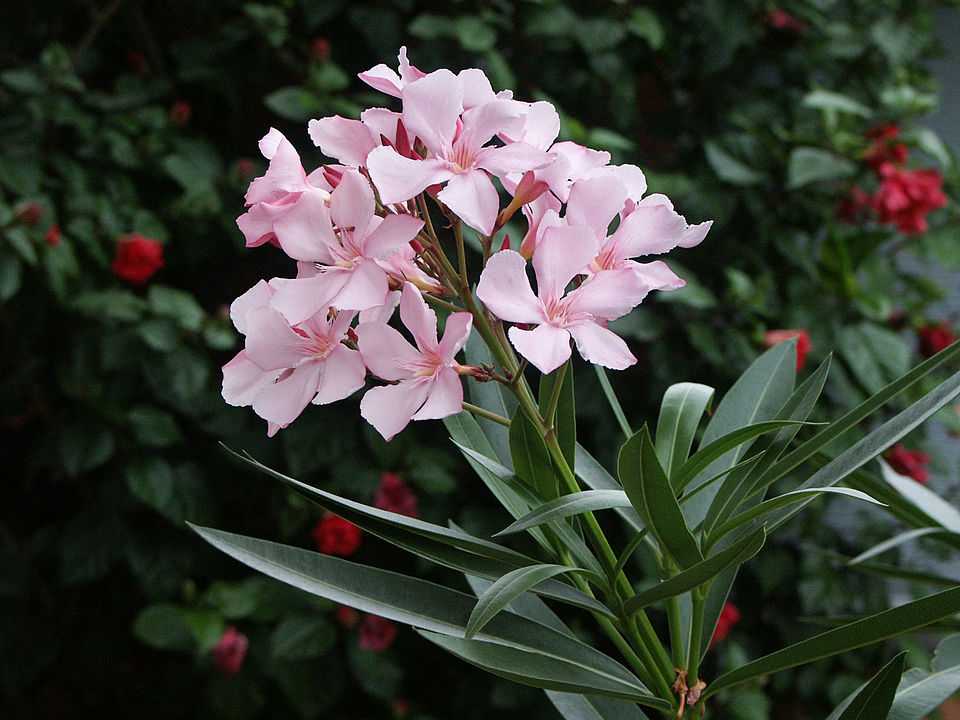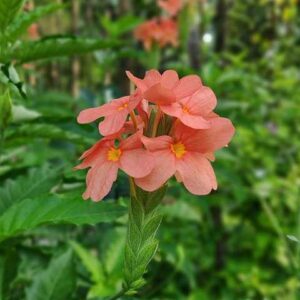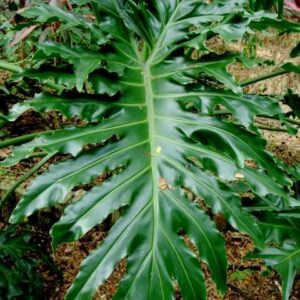Introduction
Nerium Oleander is a beautiful and fragrant flowering plant that is native to the Mediterranean region. The plant is widely grown for its decorative purposes due to its attractive flowers and leaves.
It has a rich history, being mentioned in Greek mythology and ancient literature. In modern times, the plant has found its way into various traditional medicines, despite its known toxicity.
Click on the headings to read more!
Physical Characteristics
Nerium Oleander is known by several common names, including oleander, rose bay, and kaner. It belongs to the Apocynaceae family and is known by its scientific name, Nerium Oleander. The plant is a perennial shrub that can grow up to 20 feet tall with evergreen leaves and showy flowers.
The leaves are narrow, elongated, and glossy with a dark green color. The flowers of the Oleander plant are stunning and come in a variety of colors, including white, pink, red, and yellow. They are very fragrant and attract a wide variety of pollinators, such as bees and butterflies.
The plant produces seeds that are enclosed in a pod-like structure. The seeds are dispersed by the wind and can grow into new plants.
Uses
Nerium Oleander has been used for centuries for its medicinal properties. The plant contains a variety of chemicals that have been used to treat a wide range of ailments. The leaves and flowers of the plant are used to make a tea that is said to have medicinal properties.
Some of the conditions for which the plant has been used include heart disease, asthma, epilepsy, and fever. In traditional Indian architecture, Oleander plants are also used in Vastu Shastra. It is believed that planting an Oleander plant in front of a house can bring good luck and prosperity.
Benefits
Despite its toxic properties, the Nerium Oleander plant is still highly valued for its beauty and fragrance. It is a popular landscaping plant in warm climates, and its flowers are often used in floral arrangements.
The plant is also known for its tolerance to salt and drought, making it ideal for planting in coastal areas. The plant is also known for its ability to attract pollinators, such as bees and butterflies, making it a valuable addition to any garden.
Toxicity
Nerium Oleander is a highly toxic plant, and all parts of the plant contain a potent cardiac glycoside called oleandrin. The toxin can cause severe illness or death if ingested.
Symptoms of Oleander poisoning include nausea, vomiting, abdominal pain, irregular heartbeat, and even death. In certain individuals, the sap of the plant may cause skin irritation. It is important to note that even the smoke from burning the plant can be toxic.
Precautions
It is important to take precautions when growing or handling the Nerium Oleander plant. If you choose to grow the plant, it is important to keep it out of reach of children and pets. You should also be careful when handling the plant, as even the sap can cause skin irritation.
If you are interested in using the plant for its medicinal properties, it is recommended that you consult with a healthcare professional before doing so. If accidentally ingested, immediately seek medical attention.
Plant Care
Like all plants, Oleander requires proper care to thrive. Here are some tips for taking care of your plant:
Soil:
For optimal growth, Oleander requires well-draining soil with high organic matter content. It is crucial to maintain soil moisture levels without over-watering. Additionally, the soil pH level should be maintained between 6.5 and 7.5.
Watering:
Moderate watering is required for Oleander, which should be done deeply and regularly during the growing season. However, you should avoid overwatering as it can cause root rot.
Sunlight:
Oleander requires full sun to partial shade for optimal growth. The plant can tolerate some shade but may not flower as much in shaded areas.
Fertilizer:
To promote healthy growth and flowering of Oleander, regular feeding is necessary. Use a balanced fertilizer that contains nitrogen, phosphorus, and potassium in abundance, and apply it during the growing season.
Pruning:
Oleander requires regular pruning to maintain its shape and promote new growth. It is recommended to prune the plant during early spring before new growth emerges. Eliminate any dead, damaged, or diseased branches.
Pest and disease control:
Oleander is prone to several pests and diseases, including aphids, spider mites, and scale insects. It is important to keep a regular check on your plants and promptly address any signs of infestation. To manage pests, use insecticidal soap or neem oil.
Companion Plants for Oleander
Planting companion plants alongside Oleander can complement its growth and promote plant health. Here are some recommended options:
Hibiscus plant:
Hibiscus and Oleander are both tropical plants that require similar growing conditions. Hibiscus adds a pop of color to the garden and attracts pollinators.
Bougainvillea:
Bougainvillea is a vine that produces colorful flowers and can be grown on a trellis or arbor. It can add height and interest to the garden when planted alongside Oleander.
Schefflera plant:
Schefflera is a tropical plant that can add texture and interest to the garden. It is also a good air purifier and can help improve the air quality around your Oleander plant.
Areca palm live plant:
Areca palm is a tropical plant that can add height and texture to the garden. It can also help create a tropical vibe when planted alongside Oleander.



